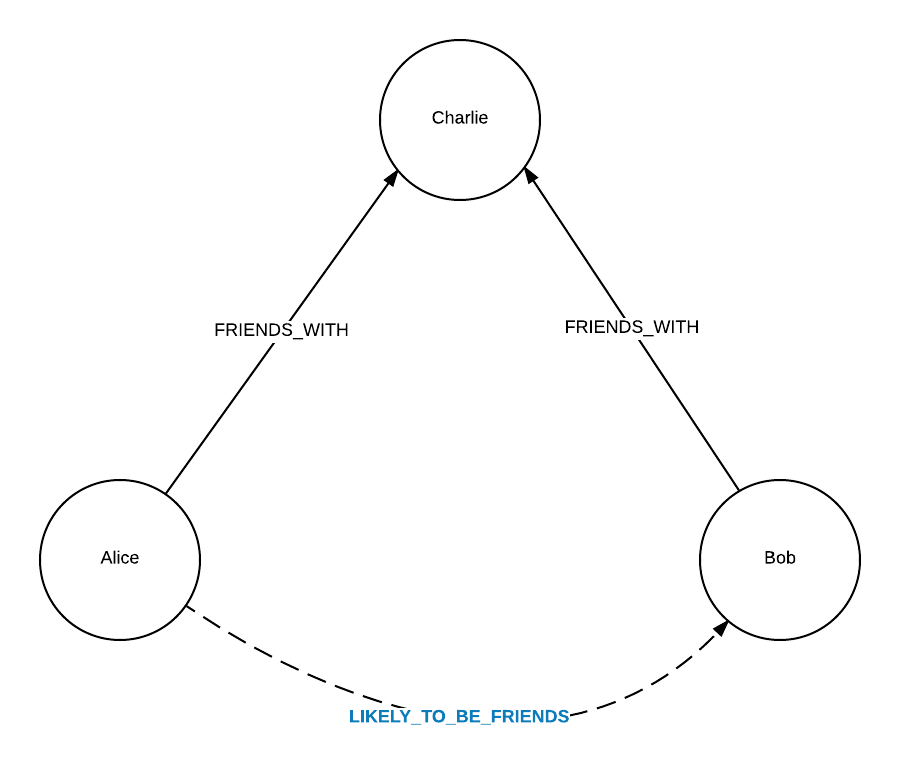While it might have the word ‘game’ in it, Game Theory can be applied to almost any interaction to explore the reasons why certain choices are made and what the best ones are in any situation. A popular example of game theory is called the prisoner’s dilemma, where two people who cannot communicate with each other but think rationally try to maximize their benefits when making a decision that affects both themselves and the other person.
Of the two who are suspects in a crime that needs a confession, they are offered a deal where if one confesses while the other doesn’t, they get to go free while the other stays in jail for, say 10 years. If neither confesses, they each get 2 years in jail, while if both confess, they each get 5 years. This can be visualized in a grid called a payoff matrix.
Looking at this, the best option for both of them is to both stay quiet, because they each only get 2 years. But if each person is thinking in terms of what would benefit them the most, they will each choose to confess. The reasoning behind this being that, if for example the A does confess, and B does too, they move from 10 to 5 years in jail; and if A doesn’t confess, and B does, they move from 2 to no years in jail. In both cases, the number of years B spends in jail decreases. A, however, is thinking the same thing, and so they each end up spending 5 years in jail. These decisions have come to an equilibrium where no one can make a decision that benefits them further, even though it is not the best option for anyone.
This system works for most decisions where the costs and benefits can be defined, for example, if we wanted to consider the decisions made when driving versus taking the bus.
Above, the best option for each player, as with the prisoner’s dilemma, is to drive, and the results with two players don’t seem to illustrate any problem, but if we consider that each person who needs to get somewhere might have to make that same choice, the results can be visualized as below where we have two groups that can decide to take the bus or their cars.
The more people drive, the worse the roads become, but driving might always be somewhat better than being on the bus if traffic isn’t too bad. If the participants are only considering their individual benefits, the payoff can come at a cost to not only the people involved but their society as a whole.
Everyone can still get where they want to go if they take the bus, but “If everyone is taking the bus I can take the car,” thinks everyone, and so the roads get filled by cars and the air gets filled by smog. This sort of problem, where individual benefits on shared resources detract from the common good and in the end affect the individual themselves negatively is known as the ‘Tragedy of the Commons’.
A rational agent might make a choice that is good for them alone, but it would be their whole society that pays the cost of the choice. One might ask every house in a neighbourhood to pay a small fee to keep the streetlights on, but if every house assumes they can get the light because everyone other than them will pay, the streets would stay dark.
The socially optimal equilibrium of the matrix would be for everyone to pay the small fee so that everyone can pay and benefit, but this is not the equilibrium most would reach if they were being rational agents after their own profit.
Citations:


